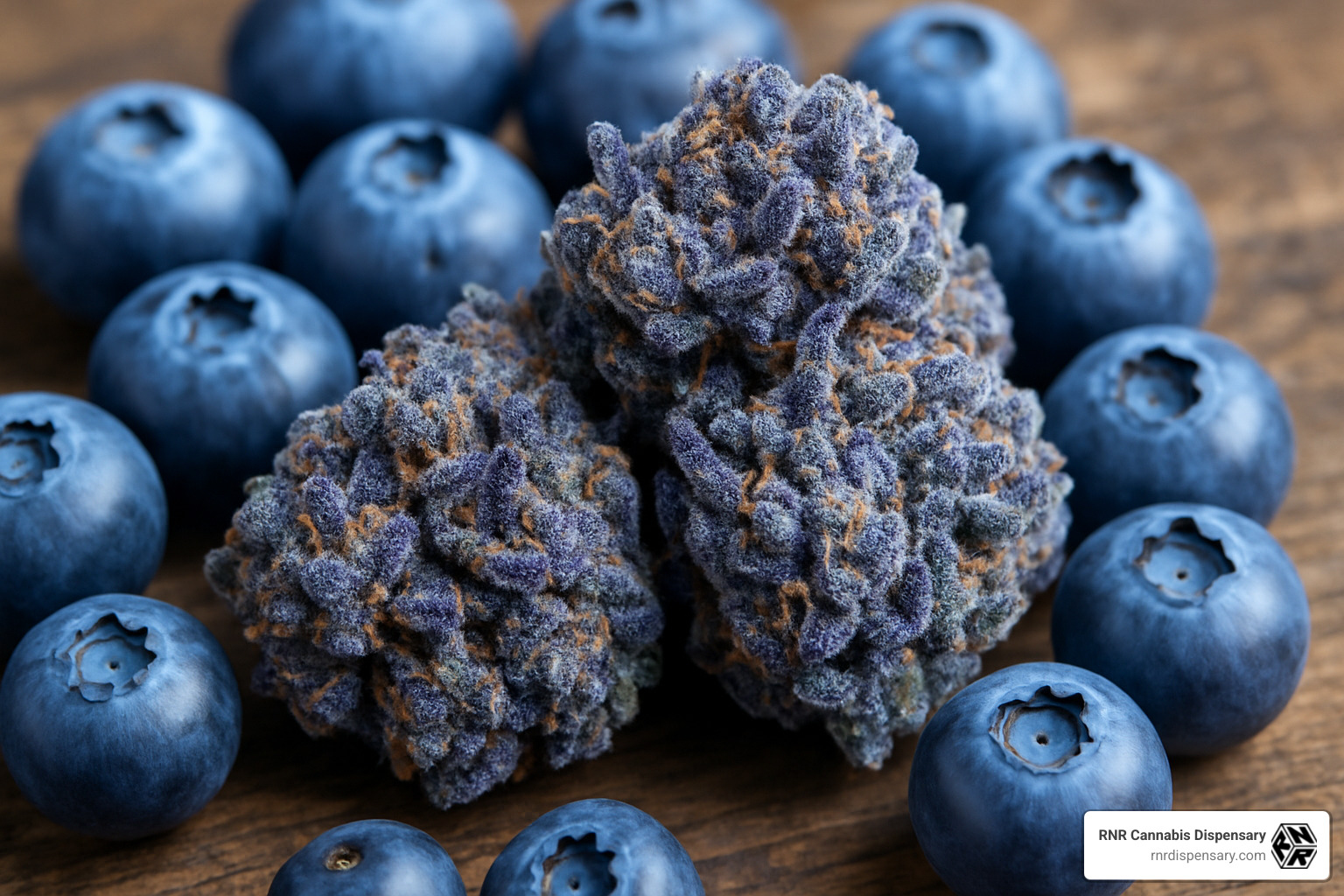Berry Delicious or Berry Suspicious? Understanding Blueberry Funk
Blueberry funk refers to two entirely different things:
- Cannabis Strain: A potent indica-dominant hybrid cannabis strain known for its sweet berry flavor and relaxing effects
- Fruit Disease: A collection of fungal diseases that affect blueberry plants and fruit, including anthracnose, Botrytis, and mummy berry
| Aspect | Cannabis Strain | Fruit Disease |
|---|---|---|
| Aroma | Sweet berry with earthy undertones | Musty, spoiled smell |
| Appearance | Purple-tinged buds with orange hairs | Soft, discolored berries with visible spores |
| Effects | Relaxing body high with euphoric mind effects | Crop losses up to 30% in commercial production |
| Origin | Blueberry
Share the Post:
|


